How To Use Pepper Spray Against Wild Animals (BEARS included)
Although usually, a walk in the forest can be less dangerous than a stroll to the supermarket, you should be aware and prepared. You are entering the habitat of wild animals– they usually fear and avoid humans, but they will guard their grounds and they don’t necessarily expect your presence in their territory.
[the_ad_group id=”21″]
While knowledge of the laws of instinct that govern the wilderness is always your best defense, pepper spray is a good defense method you can choose for your protection when it comes to deterring wild animals attacks. So, here’s how to use pepper spray, though hopefully, you won’t ever have to.
Why Choose Pepper Spray in The First Place?
Or maybe for starters, it would be more appropriate to ask yourself why to carry any weapon when your sole purpose is to explore and enjoy nature as it is, to re-integrate this complex but still very familiar realm and re-animate your own wilderness.
It may be because we’ve lost touch with that part of ourselves and this puts us in a vulnerable position, we’ve been living in an over-protect medium for so long that our instincts have faded – sometimes the sound of a squirrel jumping from one branch to another can send shiver down our spines and fear has a very recognizable odor for wild creatures. It is this kind of signal that you don’t want to emit.
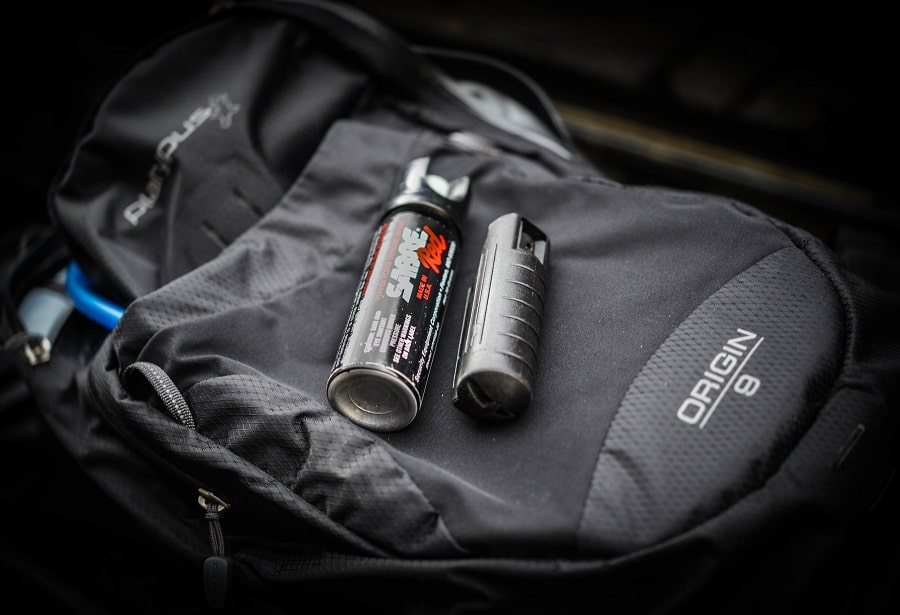
It seems that your simple presence in a completely natural area can be dangerous, so purely from a psychological point of view, carrying a weapon on yourself will keep you safer as it will reinforce your self-trust considerably.
After all it is a known fact that even dogs sense it – you bike regularly on a street populated with stray dogs and they bark and hit on you every time, but once you’ve armed with a spray or a simple harmless dazer, they keep away and don’t even mind the maddening effect of the spinning wheels.
Not only that pepper spray is the kind of weapon you can use with a minimum or no training at all (though it is recommended to try it at least once before getting yourself in a situation when properly using it could decide your life safety – as you’ll read further you’ll understand that knowing a few but basic aspects of its functionality is of vital importance) but pepper spray has proven to be more effective than almost any other weapon.
You may wonder how this can be, considering the force and efficacy of guns for example. How can such a small object, that almost resembles a toy, compete with the blistering effect of the iron and the terrifying blast that propels it? Well, in terms of wounding the animal, it can’t.
But wounding the animal is not something you desire in the life-or-death situation of an assault, this can trigger a more violent and erratic behavior because for both of you it’s all about survival in those moments.
Therefore simply forestalling the animal’s attack, discouraging it or just delaying it, is the best strategy that can guarantee you at least time to take refuge if not scaring away the animal for good.
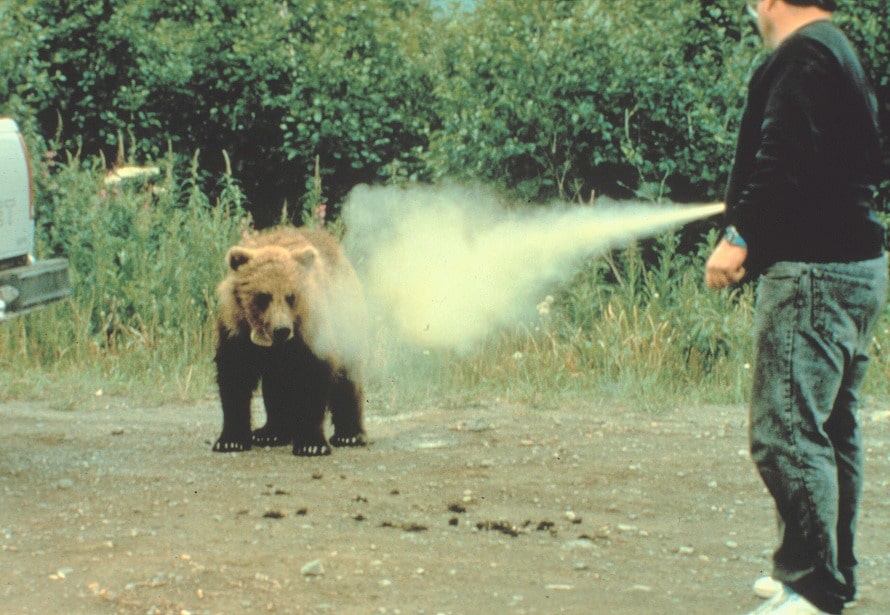
Though it’s only a temporary effect, the shock that a wild animal receives when pepper sprayed is immense, mainly because its olfactory system is many times more sensitive than our own, so you can only imagine the trauma that you can provoke, the paralyzing state that the loss of its primary survival senses, sight and smell, can generate.
There have been numerous researches done on the effectiveness of pepper spray, a lot of them in USA alone, most of them in regards to bear attacks and in more than 90% of the cases everything ended with the human and the animal walking out of the encounter alive and with few if none injuries.
What Does Pepper Spray Contain and Which Type to Use Against Wild Animals?
The main ingredient in pepper spray is oleoresin capsicum, oil extracted from cayenne peppers. Even though maybe you’ve been lucky enough not to experience this kind of scathing steam on your own skin, you still have to be familiar with the incredible burning sensation of peppers whether on your throat or just on your fingers.
Remember it and you can imagine the damage degree than a concentrated solution of this compound, can produce.
There are several types of pepper spray on the market, each designed for a particular use, varying in terms of concentration – for police use only, for personal protection against other humans and for protection against wild animals, specifically bear pepper spray.
You will want to be sure to buy the one that explicitly says bear use – these ones have a very high concentration of capsaicin and they also come in generously large recipients.
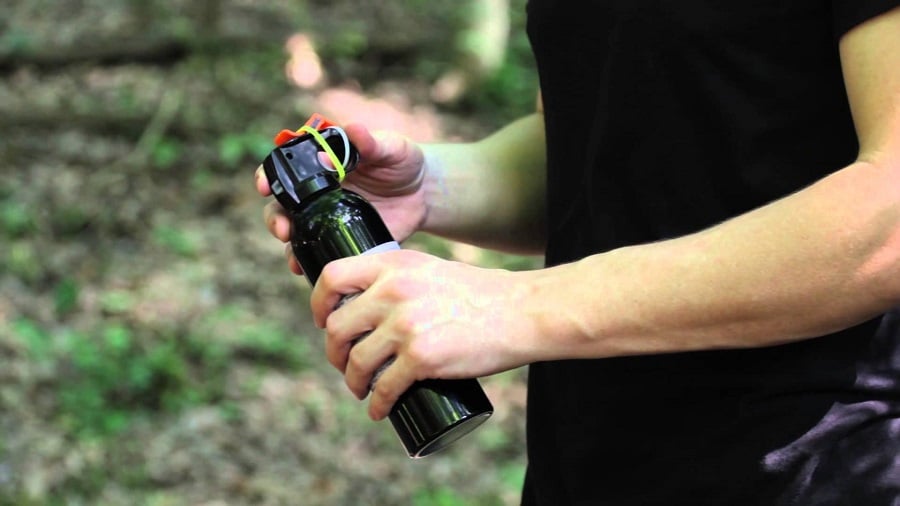
Of course, you can use it against mountain lions, wolves, coyotes or any other animal. The effect is as damaging and there haven’t been any deadly cases registered. Beware though, do not ever use this type of pepper spray on humans and also check the legislation in your country regarding the possession of this type of weapon, you may want to leave it home when wandering the streets of a city.
[the_ad_group id=”22″]
But how does it work? The spray shoots the atomized substance in the form a dense fog or mist at a distance of 5-9 meters. The moment it reaches the animal’s nose and eyes it immediately causes the mucous membrane to swell, it dilates the capillaries, thus restricts sight and breathing, inducing coughing, chocking, nausea.
Step-by-Step Guide
- When you buy the spray, check the expiration date and when you prepare to go into the wild, give it a very short puff just to know that it’s working: not all sellers are responsible people so it’s safer to take the responsibility on yourself
- Keep the spray out of direct sunlight. Also, check the safety to see if it’s secured: sprays are highly inflammable that’s why you need to be sure and double check if you’re in doubt, you know the saying ‘better safe than sorry’
- Place the spray somewhere easy to reach, you can attach it to your backpack strap or belt: this is highly important, you don’t want to start looking through all your things in the very few precious seconds that you have from the moment the animal spots you till it finally reaches you
- Keep calm: any action is considerably more effective when you’re calm. This is a vital rule in the wilderness, wild animals are startled by sudden moves or gestures and they’re more likely to consider you a prey or an imminent menace. So if the animal hasn’t yet seen you or is far enough, gently draw out your spray and try to move backwards as slowly as possible, keeping the spray in position (you can also try to raise your hands, your jacket just to give the impression that you’re bigger – this will hopefully make the animal change its behavior towards you)
- Check the direction of the wind: it should be blowing towards the animal, if it’s blowing in your face, you’re going to mace yourself, without any effect on the animal, and you’ll just end up preparing yourself to be eaten more easily. So check and, if needed possibly try to slowly move your position accordingly to the wind; if it’s not possible, then it could be safer not to use the spray at all
- Wait till the animal reaches at least 9 meters away from you: if you start spraying earlier it won’t have any effect, but wasting the contents and annoying the animal, turning it more aggressive as a result of truly considering you a threat now that you’ve attacked first. So stay still and be patient (there is this saying that you shouldn’t do anything till you see the white of the animal’s eyes)
- The cap should be slightly turned facing downwards. When you spray, press the cap for 2-3 seconds, stop for just a bit and then continue with the same kind of sessions
- Start spraying when the animal is at 9 meters: first give a blow slowly moving the can in a zig-zag motion in order to create a dense and big enough fog that the running animal will inevitably enter. Usually, if the type of atmospheric conditions is helpful (no rain and the wind blowing in the animal’s direction) and of course if you properly use the spray, it should be enough to stop the animal. If it continues then use full blows directed at the nose and eyes.
- Empty the spray but not all at once. If the animal stops, start moving backward very slowly, continuing to puff from time to time. Don’t ever turn your back on the wild animal, it just might take you by surprise
- Throw away the can after you’ve used it:it’s been reported that wild animals, even though severely affected by the substance and maybe by now used to humans spraying them in the face, they still are attracted to the capsaicin, merely because it’s food-resembling odor! That is why you should never use the spray as a prevention method on yourself or on your clothes. If you sprayed your t-shirt by mistake, get rid of it fast !
What to Do If You Accidentally Spray Yourself
If this unfortunate event happens you’re going to experiment first-hand what a bear would feel if sprayed by you. Although it could be a useful learning experience (and from what I see there are a lot of ‘brave’ stuntmen out there that would try it at home just to see what happens), it’s not at all mandatory so you should always pay attention when you grab the can to which way the cap is directed towards.
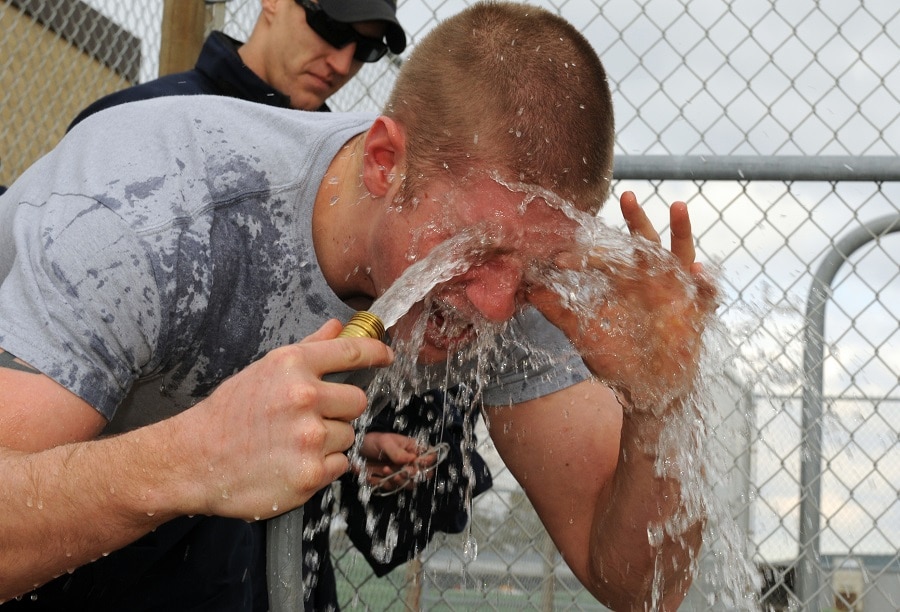
Accidents like this happen out of negligence or under stress, which would be totally conceivable in a panic situation hence it’s recommendable to get yourself familiar first and foremost with all the procedures of handling the pepper spray and with the can itself – grab it and hold it in your hands a couple of times just to get the feeling of it, this way it’ll come easier if you need to use it for real.
Easier said than done, but if the worst happens, try to be patient – all the effects will go away. I know it will seem like a lifetime to you but it will only take between half an hour to a couple of hours till you’ll recover and feel fresh again.
- Your first impulse will be to rub your eyes or the skin area where the spray landed, but definitely don’t, it will only make things worse, increasing the burning sensation and spreading the solution on other areas of your body
- Remove contact lenses (if you’re wearing): be sure to wash your hands with soap first or ask someone else to do it for you
- Wash the skin with a lot of water and soap: water only doesn’t help as the base solution of the product is oil. Some people recommend dish detergent as an excellent antidote. With the risk of sounding superfluous, don’t put soap or detergent in your eyes
- Though it will be hard to open your eyes because of the stinging, try to blink as fast as you can: this will help your eyes to produce tears and clean themselves, eliminating the capsaicin naturally
- Take long shallow breaths: the pepper spray will incapacitate your lungs as well as your normal breathing and this will feel like choking, so doing it with patience will ease the process and also calm you down
! If you have asthma or other breathing condition it’s best to seek medical help !
- Use milk also, it will make you hurt less: otherwise any type of dairy product will work just the same, best if it’s cold
- You can also use saline solution: this will allow your eyes to eliminate all the capsaicin oil after the stinging sensation diminished
- Avoid treating yourself with lotions or creams: any solution that is oil based will give the capsaicin an extra undesired push
In Short, What You Should Keep in Mind
Pepper spray is a weapon and in consequence you have to treat it accordingly, with care and awareness; especially the type of spray used for protection against wild animals because it is many times more powerful, you can’t fool around with it like school children making a stupid joke in the classroom, its effects can be very traumatizing.
Always assess the context in order to judge correctly if it’s safer to use it or not – in some cases it can aggravate the situation and instead of saving your skin, can ultimately bruise it or worse. Sometimes the conditions might hinder the desired effect, other times it can trigger more aggressiveness from the animal and put you in more danger.
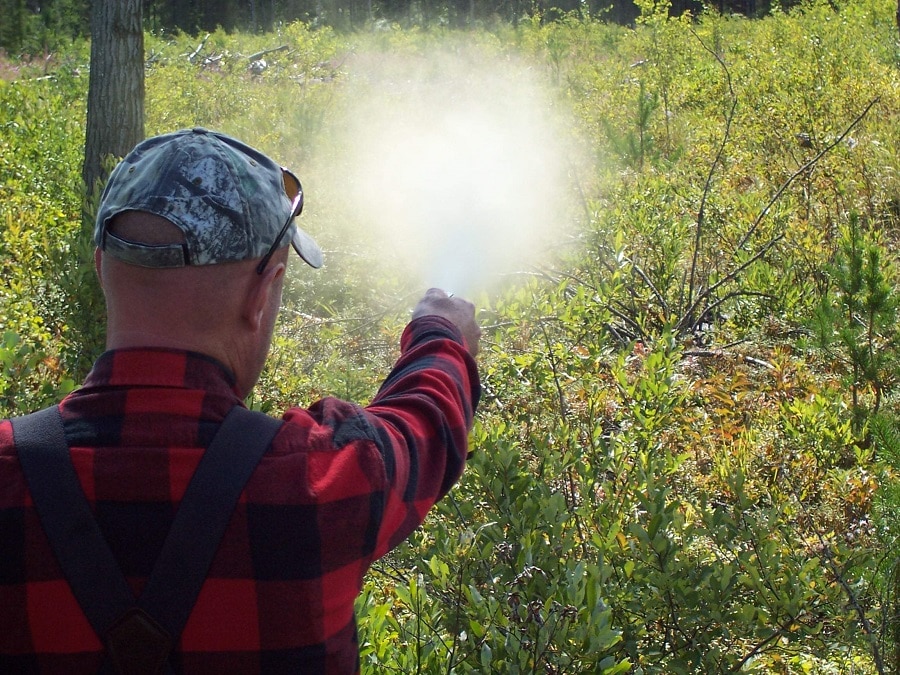
You should also be aware of the wild area you are exploring and the animals that populate it. Different animals have different approaches – the most casual encounters are with bears as they can be more frequently taken by surprise by your presence, wolves or mountain lions have a more sensitive smell and they will feel you from a greater distance.
Learning their behavior and instincts will tell you if they want to attack or just scare you away.
[the_ad_group id=”23″]
In all cases, fear is what unleashes the animal to charge. In most cases all wild animals will try to avoid meeting humans, even if you’re entering their territory, they are most probably more afraid than you are – exceptional circumstances might make them consider you pray (usually you are a potential enemy) like after long periods of drought when food is scarce.
How to Prevent Situations When You’d Have to Use Pepper Spray for Protection
I know we’re all going in the wilderness for a whole experience, bored of common deer and rabbits that so often can be sighted chewing stuff from our garden or hazardously crossing the road just in front of our cars, wildly fantasizing to see a bear or a wolf in their natural habitat, but it’s always better to be conscious of the jeopardy and prevent encounters for their sake and yours as well.
The true stories do not always have a movie type happy end and after all it’s all about respecting each other on this planet. Their intimacy should not be taken for granted, just like ours.

So here are a few extra tips on how to behave among them:
- Alert the animals to your presence: sing or talk, even if you’re by yourself on the trip, don’t worry the animals will not think that you’re crazy to act this way. On the contrary, they’ll be happy to hear you from afar and avoid you
- Use the power of your own odor: even if it may sound kinky, it can be smart not to use deodorant. For one thing, smelling you will make the animals keep their distance and besides some types of perfume may seem attractive to them
- Keep your food in enclosed recipients: you don’t want to leave an alluring track behind you
- Don’t feed any animal: even if it’s just a squirrel, someone else might notice you doing it and will want its fair share
- Be mindful of everything around you: sometimes when you don’t hear any noise is more a sign of danger than of peace; when you suddenly stop hearing the birds singing or any other swish or crack, when all creatures, even the smallest ones, are silent, it might signal that a predator is roaming around
- If you do see an animal and it’s far enough, inform it that you’re not a danger and also not an easy pray: talk to it calm, with a lower voice. Don’t under any circumstances bend, but instead, make yourself larger than you are
- If the animal seems to be in a position of charging, try to emanate an image of power and explosive combativeness: you can now act like a lunatic, throwing at them whatever you can grab, yelling and anything you can come up with that can make them change their mind
- If nothing works and the animal approaches you, try playing dead: usually, this works, making them lose interest in you. Lay on the ground in a fetus position, keeping your hands over your head in such a manner as to protect your neck
- Last but not least, don’t ever run: this will definitely mark you as prey and you should not underestimate the speed and resistance a creature used to hunting for life, can have in this kind of situations. Also consider that climbing a tree is neither an option, bears and mountain lions can climb way better than you
These being said, I wish you safe and pleasant journeys wherever you decide to wander.



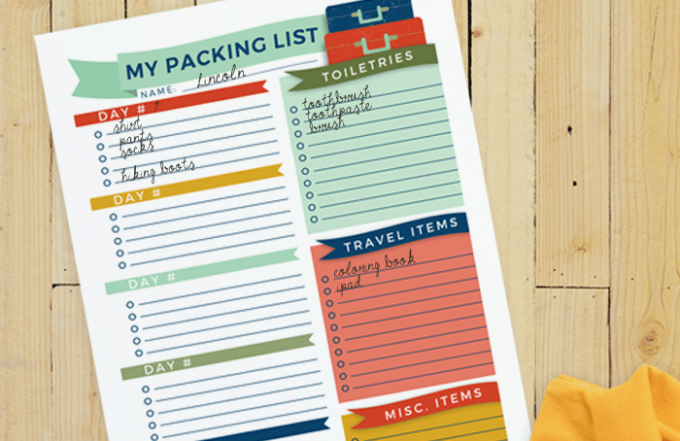
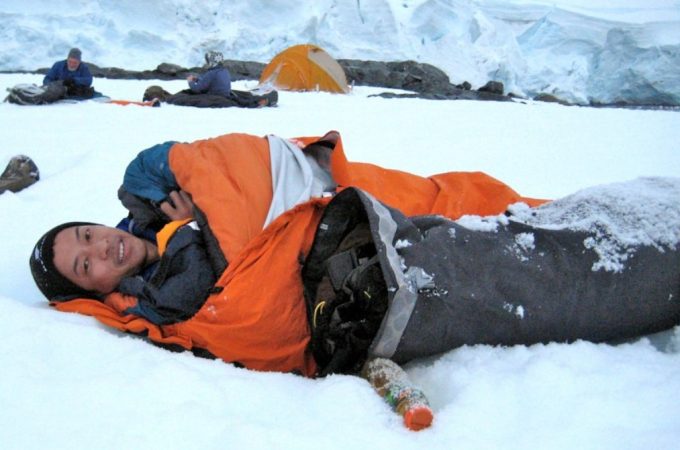
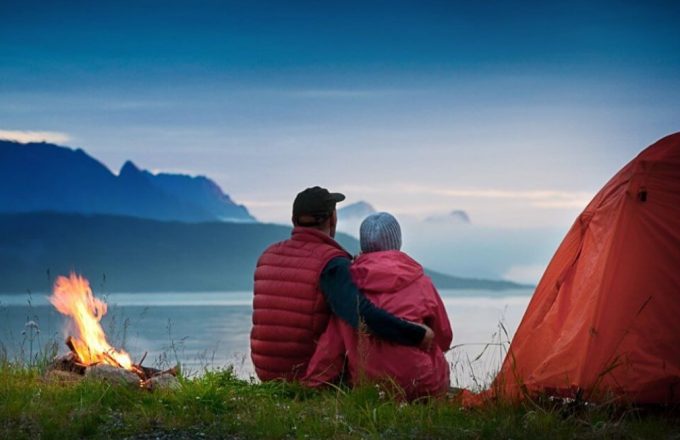
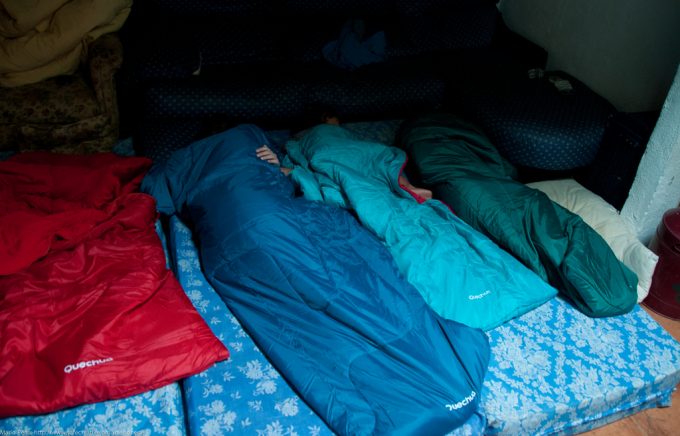
Always be careful when traveling somewhere that has dangerous animals. I read some positive and negative reviews on pepper spray and it seems like one of the main issues is that the spray does not spray far enough to reach your target or that it is not strong enough. I think its best to try to avoid situations where you are in close proximity to dangerous animals.
Pepper sprays should be used with caution and comprehensive understanding. Some users often miss the point that these sprays still possess limited range. If you can understand this workable disadvantage, then you can use your pepper spray more effectively should the need arises.
Always be careful when traveling somewhere that has dangerous animals. I read some positive and negative reviews on pepper spray and it seems like one of the main issues is that the spray does not spray far enough to reach your target or that it is not strong enough. I think its best to try to avoid situations where you are in close proximity to dangerous animals.
Pepper sprays should be used with caution and comprehensive understanding. Some users often miss the point that these sprays still possess limited range. If you can understand this workable disadvantage, then you can use your pepper spray more effectively should the need arises.
If the pepper spray is used in enclosed spaces, then you need to use the stream type device, as you do not have a cloud of gas that can harm anyone who is in this room. It must be remembered that at low temperatures the effect of the spray can be negligible, so it is better not to use when the outside air temperature is less than five degrees (minus fifteen degrees Celsius).
I agree, Mickey. The stream type pepper spray inhibits the chances of the solution to backfire towards the user, and strongly encourages targeted use.
If the pepper spray is used in enclosed spaces, then you need to use the stream type device, as you do not have a cloud of gas that can harm anyone who is in this room. It must be remembered that at low temperatures the effect of the spray can be negligible, so it is better not to use when the outside air temperature is less than five degrees (minus fifteen degrees Celsius).
I agree, Mickey. The stream type pepper spray inhibits the chances of the solution to backfire towards the user, and strongly encourages targeted use.